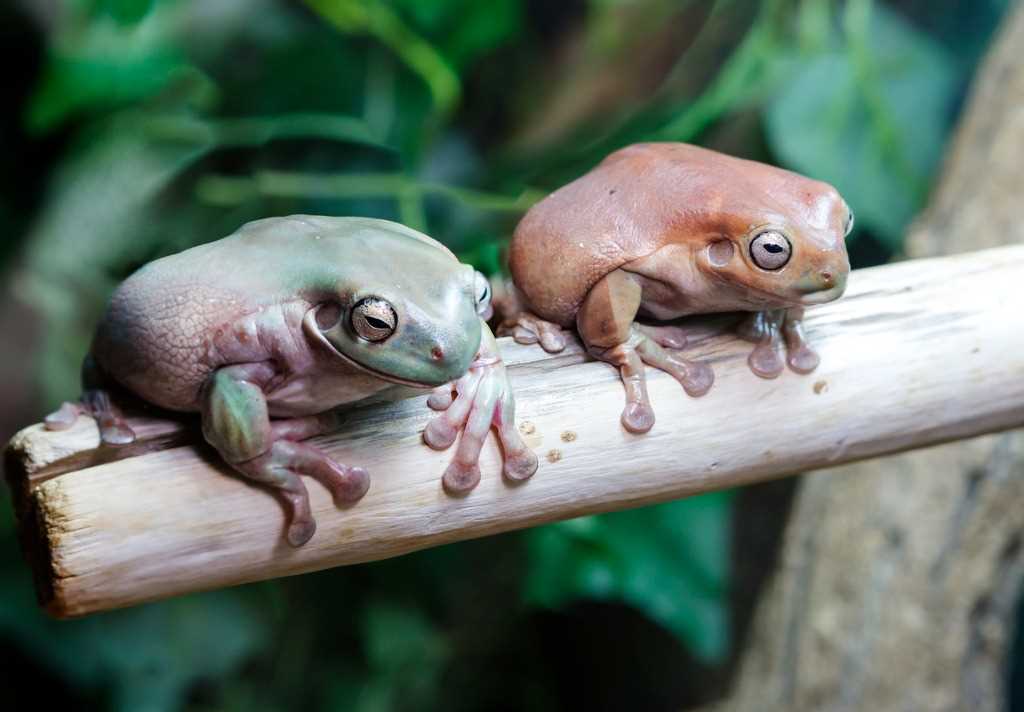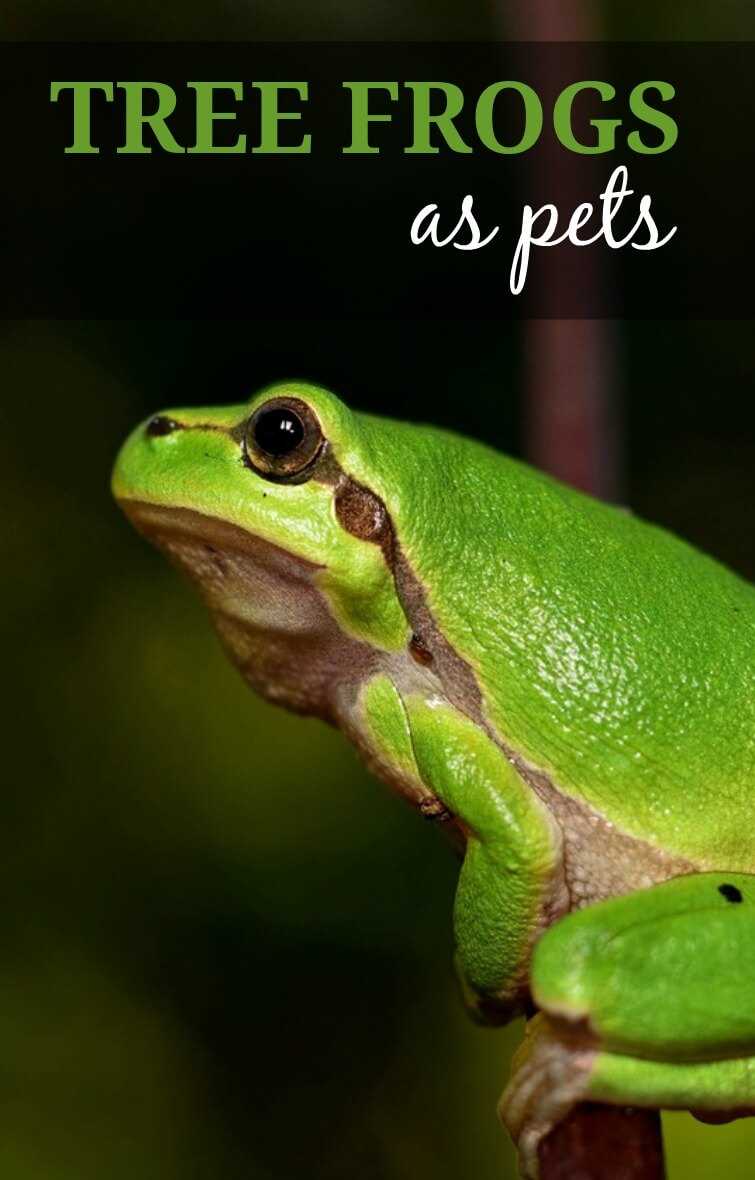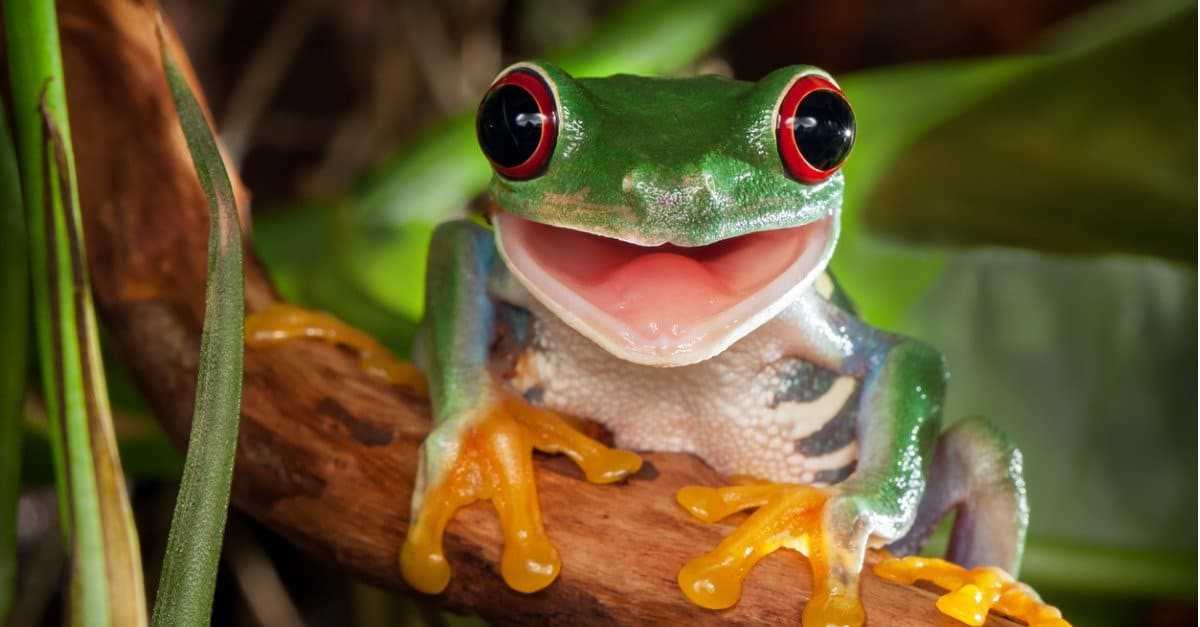Have you ever wondered how often tree frogs eat? Tree frogs are fascinating creatures known for their ability to climb and jump from tree to tree. But what do they eat and how often do they feed?
Tree frogs are carnivorous and have a varied diet. They primarily eat insects such as crickets, flies, and moths. Some species of tree frogs are also known to eat small spiders and other invertebrates. Their diet mainly consists of protein-rich foods, which help them to grow and thrive.
So, how often do tree frogs eat? Well, it depends on the species and the availability of food. Generally, tree frogs feed every two to three days. However, during the breeding season or when they are preparing to hibernate, their feeding frequency may decrease. They have the ability to store fat in their bodies, which helps them survive during periods of food scarcity.
So, how often do tree frogs eat? The frequency of their meals depends on various factors, including the availability of food, temperature, and the species of tree frog. Generally, adult tree frogs can go without food for several days to a week, while juveniles and hatchlings may need to eat more frequently.
Tree frogs have a unique feeding behavior where they use their long, sticky tongues to capture their prey. They have specialized mouthparts designed to help them snatch insects in mid-air or from vegetation. They can even use their front legs to help guide the food into their mouths.
What Do Tree Frogs Eat in the Wild?
Tree frogs are unique creatures that have specific dietary requirements. In the wild, their diet consists mainly of insects and other small invertebrates. They are primarily insectivores, meaning that they primarily eat insects. Some common prey items that tree frogs consume include ants, beetles, crickets, grasshoppers, moths, and flies.
Tree frogs are also known to have a diverse diet, depending on their habitat and availability of food. Some species of tree frogs may eat small vertebrates such as small lizards, snails, and even smaller frogs. However, insects still make up the majority of their diet.
The specific types of insects that tree frogs eat can vary depending on their size and habitat. Larger tree frog species can consume larger insects, while smaller species may mainly feed on smaller insects. They are opportunistic feeders and will eat whatever insects are available in their environment.
It is worth noting that tree frogs in the wild do not have a regular feeding schedule. Instead, their feeding frequency depends on the availability of food in their environment. They will feed whenever they encounter suitable prey. In some cases, tree frogs may go for several days without eating if there is a scarcity of food.
Overall, the diet of tree frogs in the wild primarily consists of insects and other small invertebrates, but can vary depending on their size and habitat. Their feeding frequency is not fixed and depends on the availability of food in their environment.
How Often Do Tree Frogs Need to Eat?
Tree frogs have unique feeding habits that vary depending on their species, size, and age. The frequency of their meals is influenced by several factors, including their metabolic rate, environment, and availability of food.
Most tree frog species are opportunistic feeders, meaning they will eat whenever they have the chance. In the wild, their diet consists of various insects, such as crickets, flies, moths, and beetles.
The frequency at which tree frogs need to eat can vary, but on average, they require small meals every 2-3 days. However, younger frogs and those with a higher metabolic rate may need to be fed more frequently, possibly every day or every other day.
Factors such as temperature, humidity, and light cycles also influence the feeding frequency of tree frogs. For example, during the breeding season, some tree frogs may decrease their food intake or stop eating altogether.
When feeding tree frogs in captivity, it is essential to provide them with a varied diet to ensure they receive all the necessary nutrients. In addition to live insects, you can also offer them small amounts of fruit or commercially available frog food.
Factors Affecting Tree Frog Feeding Frequency
One of the main factors affecting tree frog feeding frequency is their metabolism. Tree frogs have a relatively high metabolic rate, which means that they need to eat frequently to fuel their bodies. This is especially true for young, growing frogs, who require more energy to support their development.
The availability of food in their environment also plays a significant role. Tree frogs feed on a variety of insects and other small invertebrates. If these food sources are abundant, the frogs will have more opportunities to feed and may do so more frequently. Conversely, if food is scarce, the frogs may have to go longer between meals.
Lastly, the size and health of the tree frog can also affect their feeding frequency. Larger, more robust frogs may have a higher metabolic rate and need to eat more often compared to smaller frogs. Additionally, illness or injury can decrease their appetite and lead to a decrease in feeding frequency.
Tree Frogs and Their Feeding Behavior
How do tree frogs feed?
Tree frogs are carnivorous creatures and primarily feed on small insects, such as ants, spiders, beetles, and flies. They have a long, sticky tongue that they use to catch their prey. When a tree frog spots an insect, it quickly extends its tongue to catch it, pulling it back into its mouth. This process is incredibly fast, allowing tree frogs to capture their prey with precision.
How often do tree frogs eat?
The frequency of tree frog feeding varies depending on several factors. Younger tree frogs, especially those in the growing stage, tend to eat more frequently compared to adult tree frogs. Generally, tree frogs feed every 1-2 days, but some species may eat less often.
Factors affecting tree frog feeding frequency
Several factors influence how often tree frogs need to eat. These include:
- Metabolic rate: Tree frogs have relatively high metabolic rates, meaning they need to eat frequently to meet their energy requirements.
- Temperature: Warmer temperatures increase the metabolic rate of tree frogs, causing them to eat more often.
- Size and age: Younger and smaller tree frogs need to eat more frequently to support their growth and development.
- Availability of prey: If the local environment has an abundance of food sources, tree frogs may feed more often.
Tree frog feeding behavior in captivity
When keeping tree frogs in captivity, it is essential to replicate their natural feeding behavior as closely as possible. This includes providing a varied diet of small insects such as crickets, fruit flies, and gut-loaded prey. It is crucial to ensure the prey is appropriately sized for the tree frog’s mouth to prevent choking or injury. Additionally, offering live prey can stimulate the tree frog’s hunting instincts and provide mental stimulation.
It is recommended to feed adult tree frogs every 2-3 days, while younger frogs may require daily feeding. Observation of the individual frog’s behavior and body condition can help determine the appropriate feeding frequency for each specific frog.
Tree frogs have unique feeding behavior that revolves around their carnivorous nature and their ability to catch prey with their long, sticky tongue. They generally feed every 1-2 days, but this can vary depending on factors such as age, temperature, and prey availability. When keeping tree frogs in captivity, it is crucial to provide a varied diet and replicate their natural feeding behavior to ensure their health and well-being.
How to Feed Tree Frogs in Captivity?
1. Selecting the Right Food

2. Gut-Loading
Prior to feeding the insects to your tree frogs, it is recommended to “gut-load” them. This involves feeding them a nutritious diet for a day or two before offering them to your frogs. Gut-loading ensures that the insects provide an optimal nutritional value for your tree frogs.
3. Dusting with Supplements
While insects are a good source of nutrition, they may not provide all the necessary vitamins and minerals for tree frogs. To compensate for this, it is essential to dust the insects with a calcium and vitamin supplement powder before feeding them to your frogs. This will help prevent any deficiencies and promote healthy growth.
4. Feeding Frequency

5. Feeding Techniques

Tree frogs are efficient hunters and can catch their prey with their long tongues. To simulate their natural hunting behavior, it is recommended to hand-feed your tree frogs. This allows them to exercise their natural instincts and provides mental stimulation. Use tweezers or forceps to offer the insects to your frogs.
6. Providing Fresh Water
7. Monitoring and Adjusting
Regularly monitor your tree frogs to ensure that they are eating and maintaining a healthy weight. If you notice any changes in their appetite or behavior, it could be a sign of illness or improper nutrition. In such cases, it is advisable to consult a veterinarian who specializes in exotic pets.
By following these guidelines, you can ensure that your tree frogs receive a nutritionally balanced diet in captivity. Providing them with the right food and proper care will contribute to their overall health and happiness.
Common Mistakes in Tree Frog Feeding

1. Overfeeding
2. Incorrect Diet
3. Poor Feeding Methods
4. Inadequate Hydration
5. Ignoring Individual Differences

I’m Lena Adams—a product of an unconventional upbringing in the African wilderness. My father, a daring explorer of African wildlife, sparked my fascination with reptiles, a passion that intertwined with the tragic loss of my mother during an expedition, leaving an indelible mark on my life. Driven to understand the creatures that captivated my parents, I embarked on my journey, sharing insights about reptiles, frogs, and lizards on my website. Through my explorations and conservation efforts, I honour my family’s legacy while seeking connections—to the creatures, nature, and the mother whose presence I yearn to understand.
